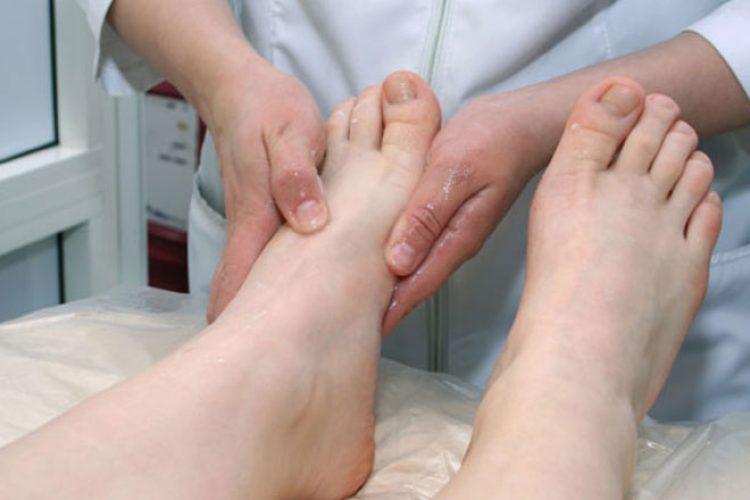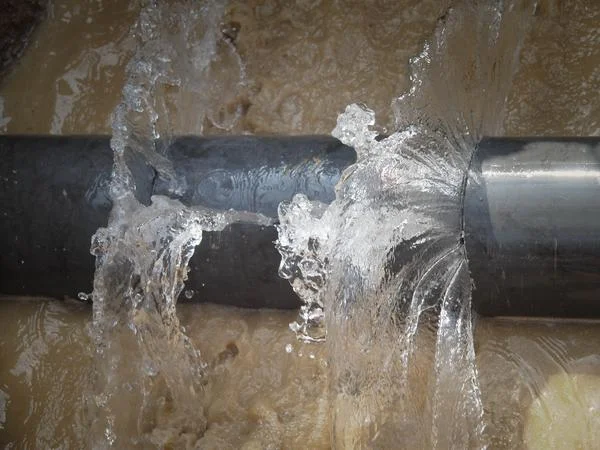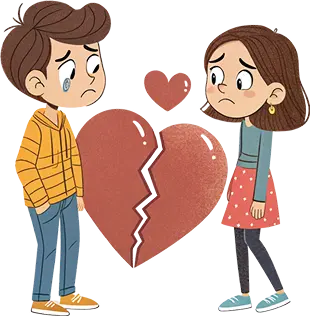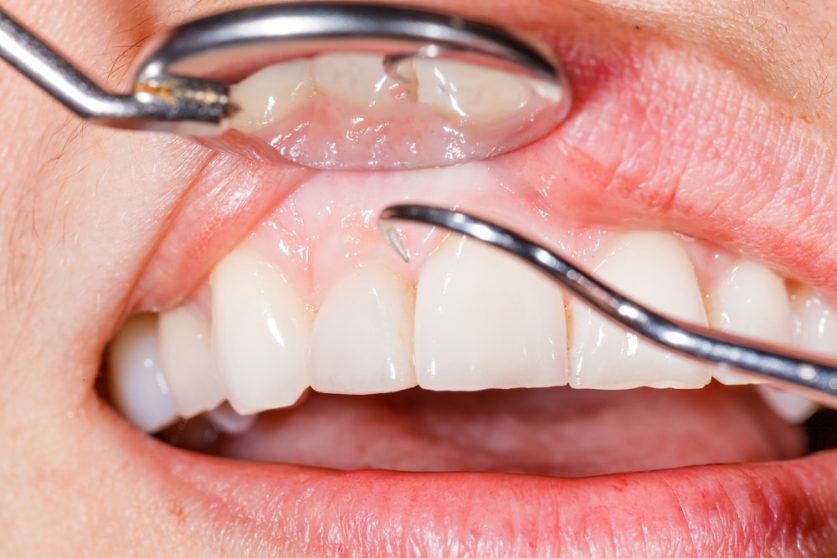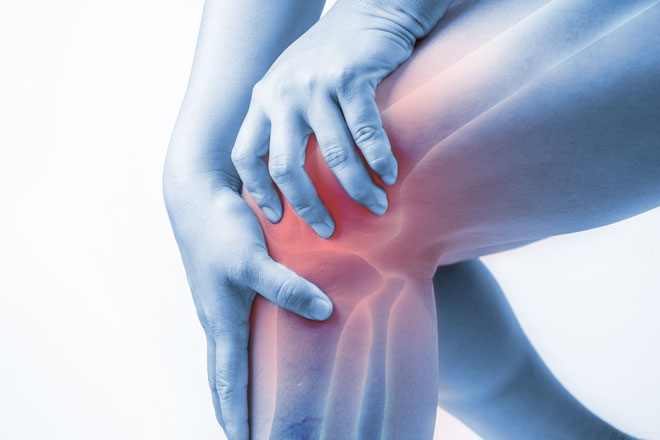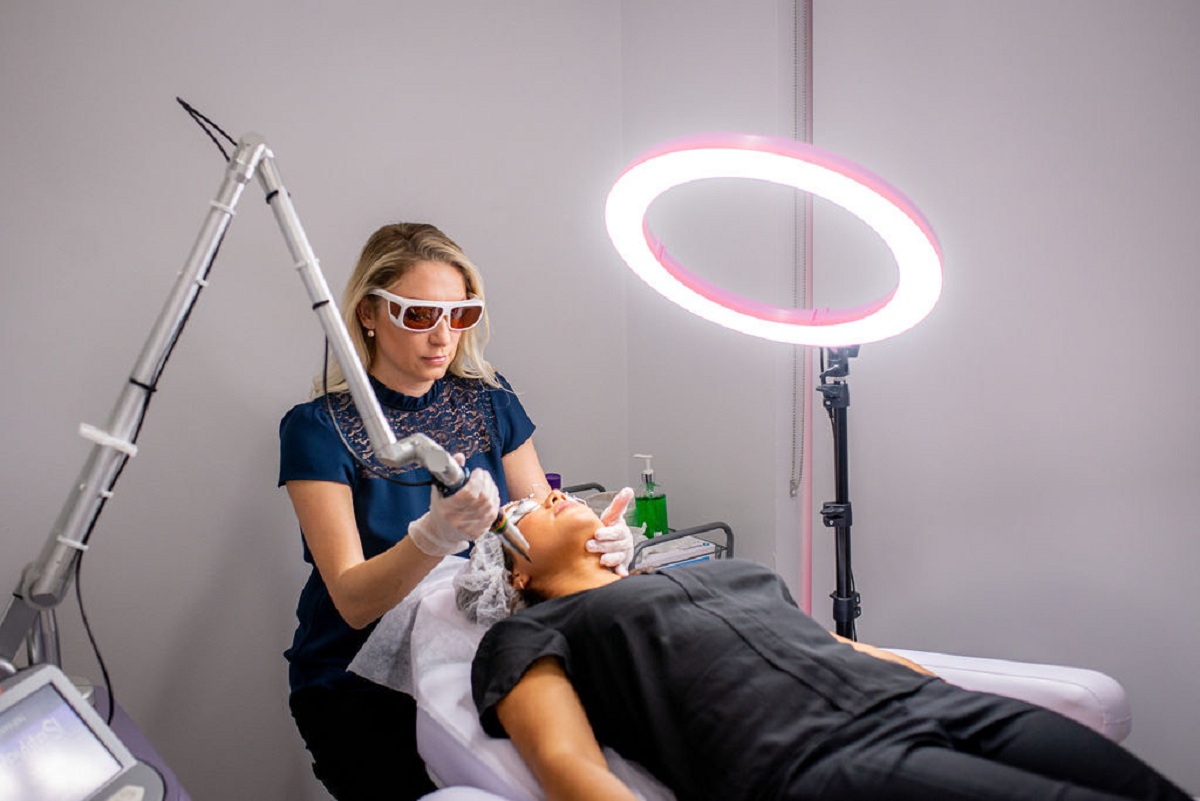Why do most of us face leg swellings and other vein related issues?
What do you understand by chronic venous insufficiency? Is it really dangerous?
A chronic venous insufficiency might be dangerous if accurate treatment is not taken at the right time. This basically happens when the blood flow can not run or runs very slowly from the legs to the heart. In this condition, the venous wall and/or tissues in the leg veins do not work efficiently. Though it is not dangerous, there is a big chance of increasing the pain in the leg which might be unbearable. This generally happens with those old aged people. But nowadays, it does not depend on age and might attack anyone else.
Do you have spider veins on legs? Is it common to have?
It is absolutely common to have spider veins on legs. Blood moves upward from the veins in the legs for which calf muscles and other feet muscles have to adjust with each step to remove the veins and force the blood to turn upward. The veins have one-way valves to keep the blood moving up and not coming down. To arrive at the heart, veins return blood to the heart from all body organs.
So the chronic venous insufficiency takes place when these valves damaged by supporting the blood to go backward. But aging, extended standing and sitting or a combination of reduced mobility and aging may cause valve damage. When the valves and veins are exhausted to the point where it is tough for the blood to flow up to the heart, blood pressure in the veins visits raised for long periods of time, leading to chronic vein insufficiency.
Coming to Venous Insufficiency Symptoms, let’s understand how we can identify it. The seriousness of venous insufficiency increases as the disease progress. This is why it is always important to visit Venous Insufficiency Treatment Houston so that you can keep your legs fit and fine. The pain is not going to get lost until and unless you take proper treatment from a doctor. The basic symptoms include-
After an extended period of standing, if the ankles and legs swell, it might be a sign of venous insufficiency. New varicose veins, Leathery-looking skin on the legs, aching or tiredness in the legs, itching skin on the feet, venous stasis ulcers are some common symptoms of venous insufficiency.
If chronic venous insufficiency is not taken care of, the pressure and swelling increase until the smallest blood vessels in the legs (capillaries) break. When it occurs, the overlying skin takes on a reddish-brown color and is very susceptible to being broken if hit or scratched.
The round capillaries can produce local tissue swelling and internal tissue injury. At worst, this results in wounds, open sores on the skin outside. These venous stasis ulcers can be difficult to treat and can get infected. When the disease is not tested, it can expand to surrounding tissue, a condition acknowledged as cellulitis.
Chronic venous Insufficiency is often associated with varicose vessels, which are puzzling, swollen veins near to the surface of the skin. They can happen almost everywhere, but most commonly happen in the legs.


